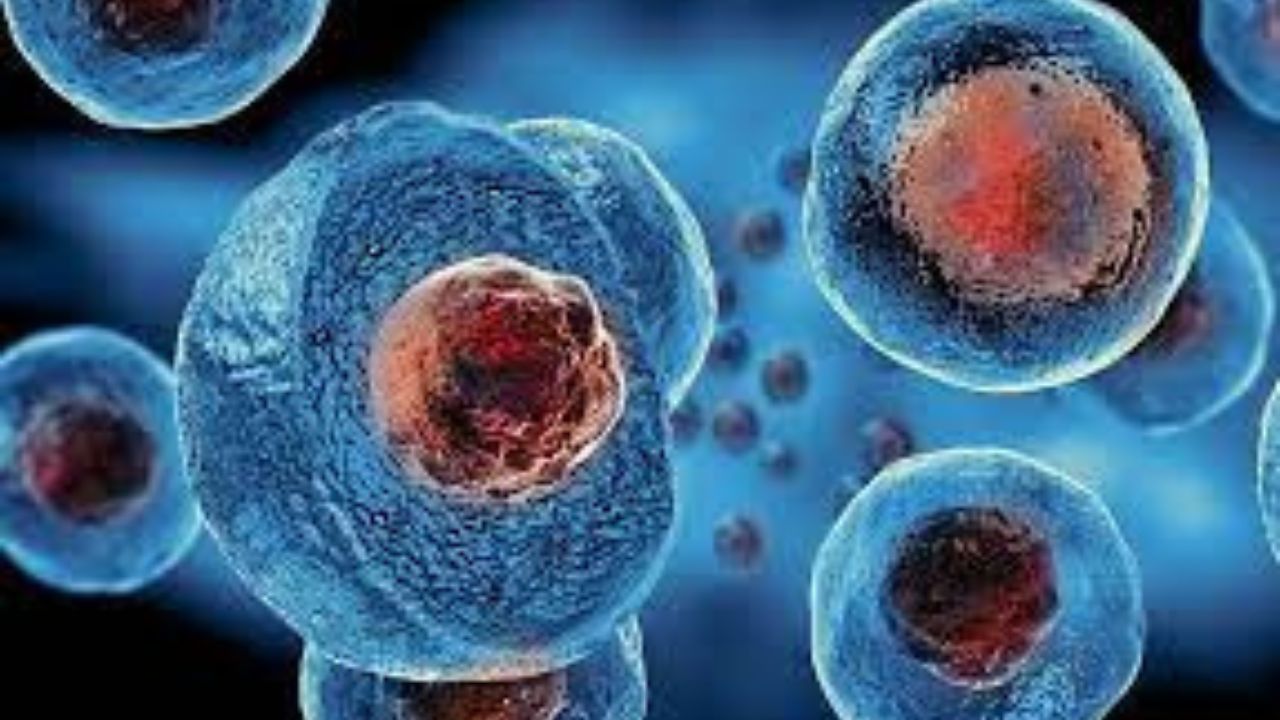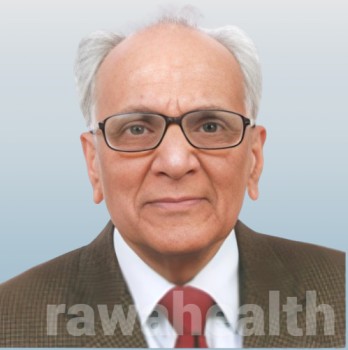Stem Cell Therapy in India
Understanding Stem Cell Therapy in India
How Do Stem Cells Work?
Stem cells are unique, unspecialized cells with the ability to regenerate and develop into various tissues or organs. They help treat a range of serious and non-serious conditions, including cancer, Parkinson’s disease, spinal cord injuries, multiple sclerosis, and muscle injuries. Their regenerative properties make them valuable in advancing medical research and understanding how specialized cells form.
Applications and Benefits
Stem cell research has the potential to revolutionize medicine. By studying how stem cells evolve into different cell types, researchers aim to address severe medical conditions like birth defects and cancer. Furthermore, stem cells offer hope for replacing damaged tissues and organs, which is crucial given the current shortage of organ donors.
Types of Stem Cells
- Blood-forming Stem Cells: Found in peripheral blood, cord blood, and bone marrow, these cells regenerate and repair injured tissues.
- Mechanosensitive Stem Cells: Present in the umbilical cord, placenta, and deciduous teeth, they are often used in gene therapy due to their high proliferation capacity.
- Endocrine Stem Cells: These include stem cells from cord blood, which are readily available and offer a lower risk of viral infection compared to other sources.
- Adult Stem Cells: Typically harvested from bone marrow, these cells are used in treatments for various cancers but may contain latent viruses and have reduced proliferative potential with age.
How Stem Cells Operate
Stem cells replicate and differentiate into appropriate tissues or migrate to injured areas. They exhibit plasticity, meaning they can transform into various cell types and integrate with other tissues. This adaptability and regenerative capacity make them suitable for treating numerous diseases.
Treatable Conditions
Stem cell therapy has shown promise in treating:
- Vascular Conditions: Such as chronic heart failure and peripheral vascular disease.
- Neuromuscular Disorders: Including spinal cord injuries and multiple sclerosis.
- Hematological Conditions: Like chronic leukemia and thalassemia.
- Others: Stem cells are also being explored for conditions such as diabetes, arthritis, and eye disorders.
Conclusion
Stem cell therapy represents a significant advancement in medical science. By addressing the limitations of current treatments and offering new possibilities for regenerating damaged tissues, it holds the potential to improve countless lives.





